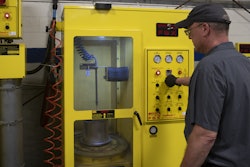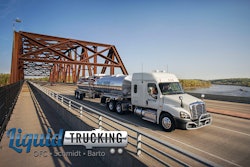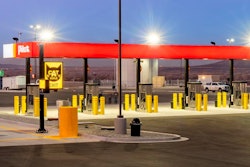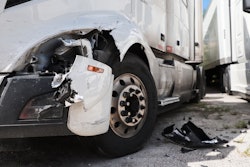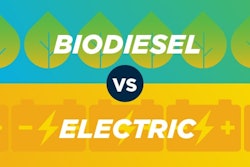CCJ Innovators profiles carriers and fleets that have found innovative ways to overcome trucking’s challenges. If you know a carrier that has displayed innovation, contact CCJ Editor Jason Cannon at jasoncannon@randallreilly.com or 800-633-5953.
Imagine being ticketed repeatedly for a device that’s reducing accidents. It happened to Groendyke Transport but they certainly don’t hold a grudge. In fact, they consider it part of a very important journey.
The Oklahoma-based tanker carrier deployed a pulsating amber brake light on the back of their tanker trucks, which over a 30-month period reduced rear-end collisions by nearly 34% and eliminated all rear crashes at railroad crossings.
“What we initially set out to do, which is still the goal that we have now, is to increase our visibility,” said Groendyke President and CEO Greg Hodgen.
In this case, Groendyke leaders huddled up about five years ago to come up with a way to address an uptick in rear-end collisions, which had been occurring mostly when their trucks came to a stop in traffic. Nearly half of Groendyke’s roughly 1,000 tractors are regional haulers, which deal with a lot of stop-and-go driving and plenty of railroad crossings where tanker trucks are required to stop.
“We were surprised when we looked at how many people were rear-ending us – mainly passenger vehicles, but some commercial vehicles, too – and it led us to think that it was really driven by an increase in distracted driving and so we thought, ‘How do we make ourselves more visible? And how do we make something that will capture attention if you’re not really paying attention?’” Hodgen said.
Ever vigilant about safety (they’re the only tanker company to win eight North American Safety Awards from National Tank Truck Carriers), Groendyke leaders met and discussed how they could make their trucks more visible while braking. Their plan? Round up various lights, install them on the back of their trucks and present them regularly for company analysis. Plus, they’d confer with major light manufacturers for advice on narrowing down their options. This wasn’t their first rodeo. They had tried testing other brake lights before but now they were ready for the next level.

